Going Beyond Single-Use Packaging to Address All Plastic Waste
November 13, 2020
At Closed Loop Partners, we recognize the need to deploy multiple strategies to build a system that addresses all kinds of plastics. In a world of interdependent, global supply chains, plastic waste is the responsibility of every industry and country around the world. While activism and industry action primarily focuses on single-use plastic packaging, have we been myopic in our framing of the problem?
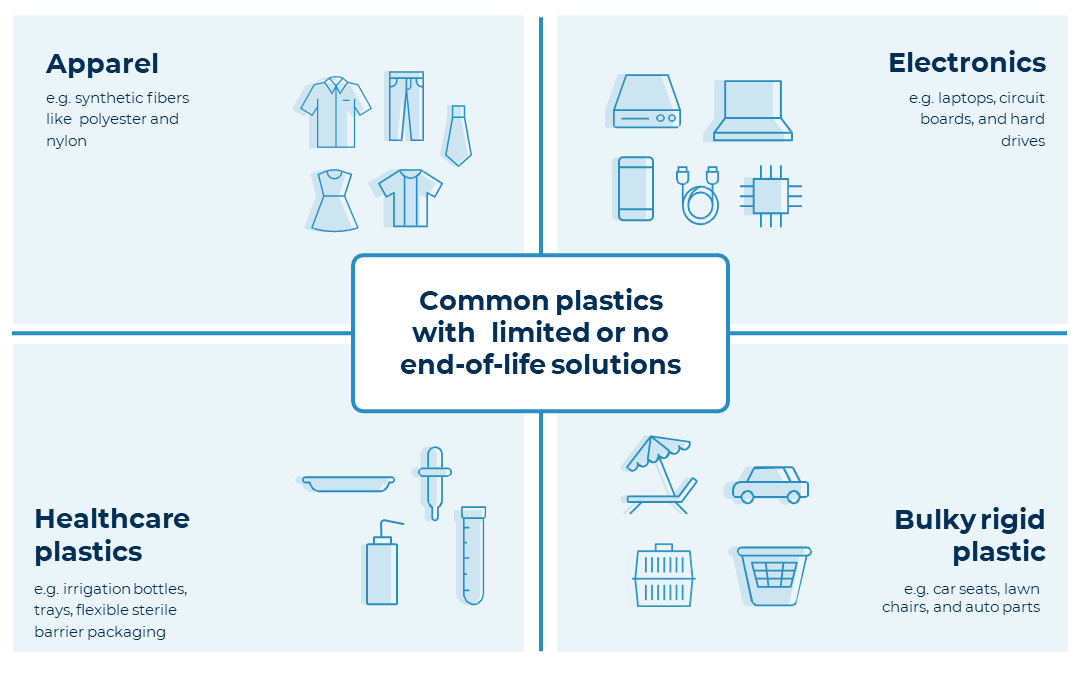
We are overlooking the equally visible plastics that are just as challenging to recover and reuse: the plastics that make up half the volume of every car; the plastics that make up 20 percent of the 55 million tons of electronic waste sent to landfill annually; the polyester (plastic) that represents 60 percent of all apparel fibers; and 42 percent of all non-fiber plastics which go to packaging. While we’ve developed recovery systems for some plastic packaging, we’ve failed to see the challenge holistically, in ways that address diverse forms of plastics in our system. Meanwhile, they have been steadily mounting in landfills, with limited to no end-of-life solutions.
The reality is that we need to solve for and build systems to prevent, reduce, reuse or recycle all plastic waste, not just packaging. Across industries and sectors, we must deploy all tools available to build a circular system for plastics. These include: harnessing design innovation to eliminate unnecessary plastic and reduce extraction of fossil fuels; scaling reuse systems and rental and resale platforms; investing in mechanical recycling and designing products that align with that system; and investing in advanced recycling technologies that can safely transform hard-to-recycle plastic waste into valuable new products or into building blocks to make new plastic or packaging.
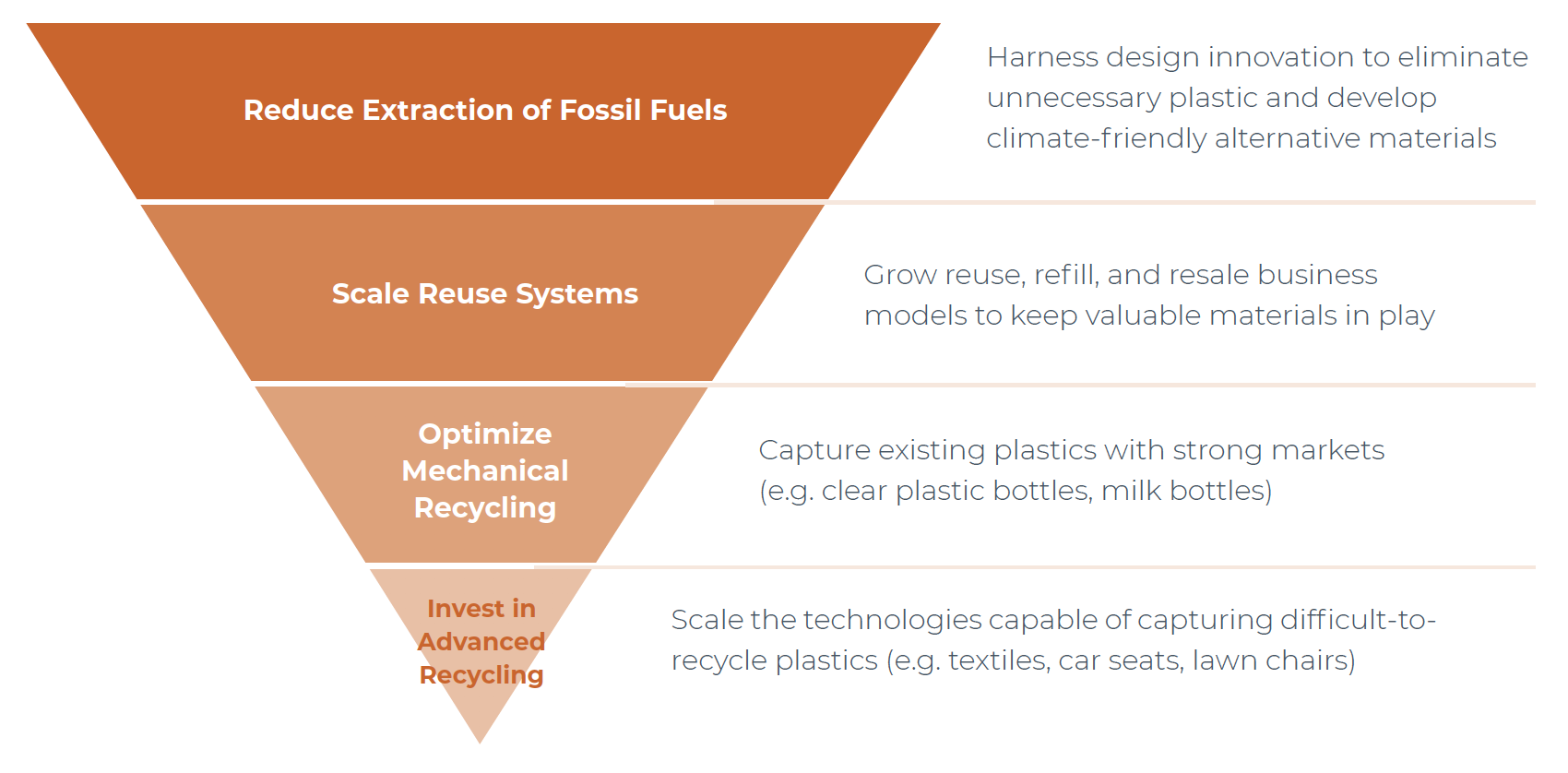
Focusing on a single strategy to the plastic waste challenge compounds risks.
While solutions such as reuse and rental systems are critical to extending the life of a product, they are not necessarily plastic-free systems. Companies such as Rent the Runway allow users to subscribe to a library of clothing, allowing thousands of garments to be shared by 8 million customers. Even so, after dozens or even hundreds of uses, a clothing item likely will need to be retired, but currently no widely available, commercial recycling solutions exist to capture that textile waste. Even the most innovative companies leveraging reuse models for cups, food delivery or personal care packaging include some plastics or other valuable materials in their packaging or services that after many uses will need recycling. These solutions are a small part of supply chains today, but we believe they have a strong opportunity for growth. And as they continue to grow, it is important to think ahead about solutions for the ends-of-life of materials in these systems, to keep them in circulation.
If we consider mechanical recycling, plastics that undergo this process can run through it only about seven times before becoming too degraded, and mechanical technologies cannot process most of the 16.9 million tons of textile waste Americans send to landfill every year.
The current strategies to address plastic waste are complementary, but taken alone they will be ineffective at producing a circular system for plastics. Without a multi-pronged approach, we will continue to see growing stockpiles of plastic waste in all forms, from various industries. We are at a critical moment of consensus. Across industries and sectors, stakeholders agree that we want and need reduction in plastic and better management of the plastics being produced. Enabling these outcomes will require policy shifts, incentives, investment, education and long-term partnerships. And we will need to experiment with and invest in emerging and nascent solutions that can safely solve for difficult material types.
Advanced recycling technologies can contribute one piece to the puzzle, solving for our hardest-to-recycle plastic-based products, such as healthcare-related plastics, multi-layer packaging, apparel and building materials.
Like the plastic waste problem, there is a tendency to oversimplify advanced recycling. It is not a monolith; rather, it is a sector marked by distinct and diverse technology processes that purify or break down plastic to create virgin-quality outputs through a number of biological, thermal and/or catalytic processes including dissolution, glycolysis, pyrolysis and gasification. Closed Loop Partners has categorized these processes into three buckets: purification; decomposition; and conversion. Some technologies, such as pyrolysis, have been around for decades. Others are new and developing; all are improving and not all will be winners. Like anything, it is a growing and competitive landscape and those that are the most cost-effective with the most positive environmental impact likely will advance quickly.
Two very different stories emerged this week around advanced recycling technologies. Purecycle, a purification company, just closed a $250 million bond for its Ohio facility, after successfully proving its technology at scale by processing discarded carpet into clear, high-quality polypropylene. Meanwhile, another advanced recycling technology company, LOOP Industries, was put under the spotlight by a research firm for failing to meet expectations. The stories around Purecycle and LOOP Industries show the importance of deep due diligence and the need for continuous testing and honing of solutions to de-risk them before scaling. We’re continuing to evaluate purification, decomposition and conversion technology processes, their environmental and human health impacts, supply chain economics and policy landscape. The technology processes themselves do not determine whether a company or a process is “circular.” The stakeholders invested in creating circular systems do.
While we’ve developed recovery systems for some plastic packaging, we’ve failed to see the challenge holistically, in ways that address diverse forms of plastics in our system.
Historically, market incentives and policies have not favored circular outcomes from advanced recycling processes. In the United States, manufacturers are not rewarded for using recycled plastic, nor are they penalized for using virgin sources. This has meant that manufacturers have favored the lowest priced commodity on the market, often virgin plastics, and the economics for advanced recycling have bent towards supplying industry with fuel produced from plastics. However, mandates that require recycled content, brand commitments to use post-consumer recycled content for their products and packaging, and landfill bans are becoming more prevalent across diverse markets, increasing the demand for high-quality recycled plastic.
The biggest economic and environmental opportunity in advanced recycling is to build circular supply chains for plastics, meaning plastic-to-plastic loops, which ensure that we keep materials at their highest value within our economy for as long as possible. We can align the advanced recycling market towards circular principles by creating market incentives and supportive policies that recognize these technology processes as recycling when their outputs are directly looped back into plastic supply chains.
Are there unknowns related to these new technologies or processes? Yes. It’s critical that we gain a better collective understanding of the environmental and human health impacts of these recycling processes. We must understand what conditions need to be true to steer the industry towards a circular economy, or risk perpetuating a linear system. Closed Loop Partners is leading a research project with this type of impact assessment as one central objective of our study, alongside an assessment of collections and feedstock processing, and investment guidelines to align this sector to circular principles.
It took the solar industry 40 years to reach 1 million solar systems in the United States, but three years after hitting the 1 million mark in 2016, the U.S. surpassed 2 million systems. In 2010, only 4 percent of new electric capacity was solar, but by 2016, it was 40 percent. Technology development and building an industry around a novel technology takes time, incentives and long-term partnerships to drive investment and scale. Advanced recycling will be no different, and because the sector is newly developing, all stakeholders — brands, retailers, investors, plastic producers and recyclers, NGOs and citizens — have the opportunity and a role to play to ensure a safe and circular system and future.
In 2020, we are continuing our research in the sector to understand the environmental and human health impacts of advanced recycling processes, the policy measures and investable opportunities along the supply chain that can enable a circular future for plastics and a safe and sustainable future. We invite you to learn more about our work on advanced recycling here.
Originally published on GreenBiz.
Related posts
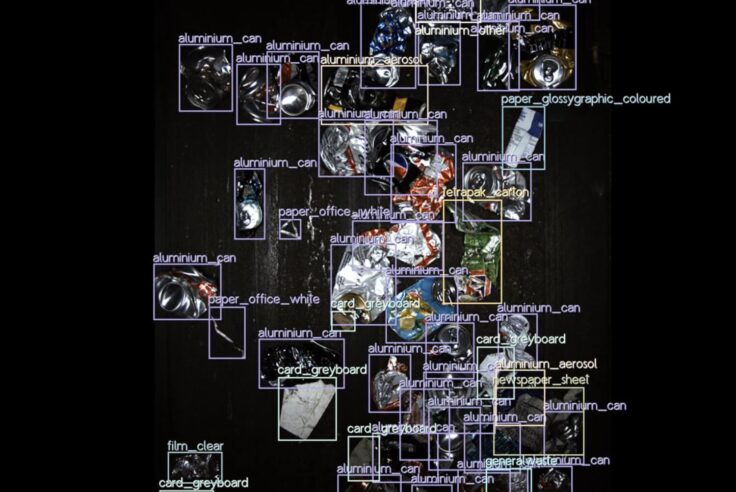
Press Release
New Data Reveals High Quantities of Food-Grade Polypropylene...
Closed Loop Partners’ Center for the Circular Economy...
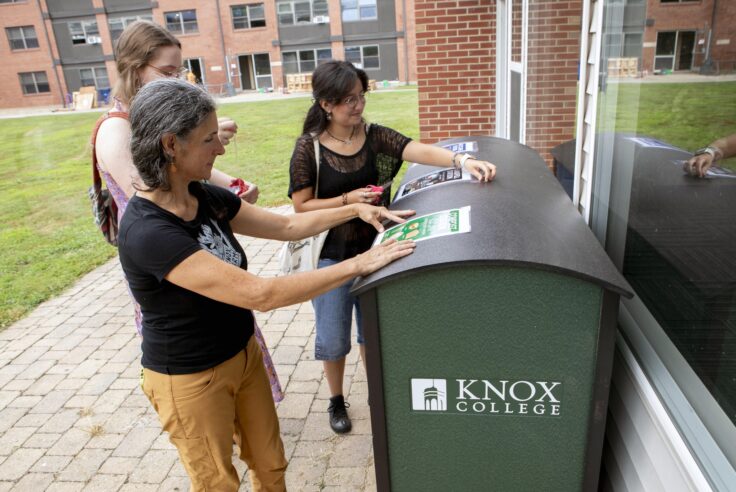
Blog Post
Keeping Compost Clean: Tools to Help Reduce Contamination...
The Composting Consortium interviews EcoProducts to...
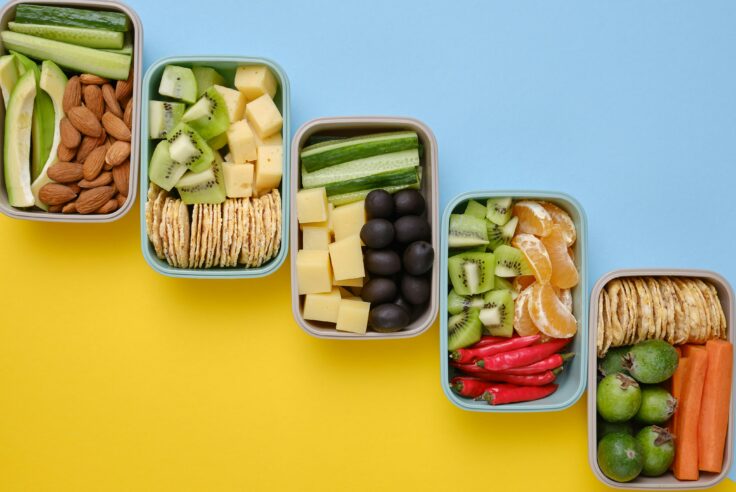
Press Release
Closed Loop Partners and U.S. Plastics Pact Identify...
Packaging types primed for reuse lay the groundwork...

Press Release
Closed Loop Partners Unveils Groundbreaking Findings...
Closed Loop Partners’ Center for the Circular Economy...

Blog Post
8 Tips to Navigate Life Cycle Assessments for Circular...
Closed Loop Partners’ Center for the Circular Economy...
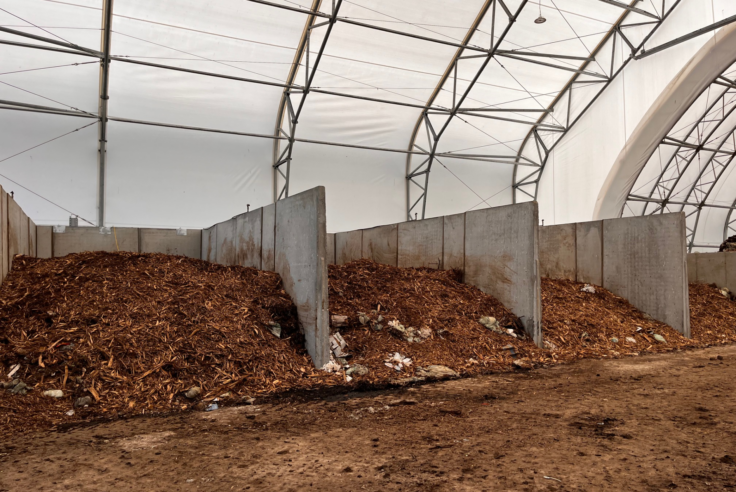
Blog Post
Why More Composters Are Recovering Food Scraps and...
Black Earth Compost and Glacial Ridge Composting Facility...
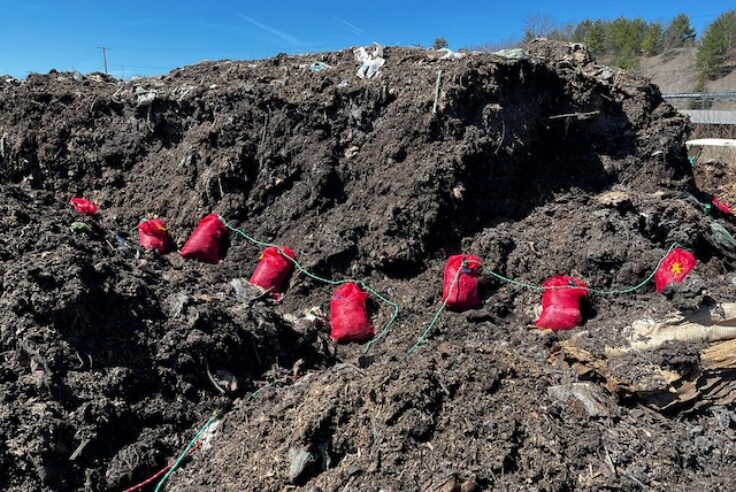
Blog Post
Does Compostable Packaging Actually Turn into Compost?...
In a joint interview, field testing experts, including...
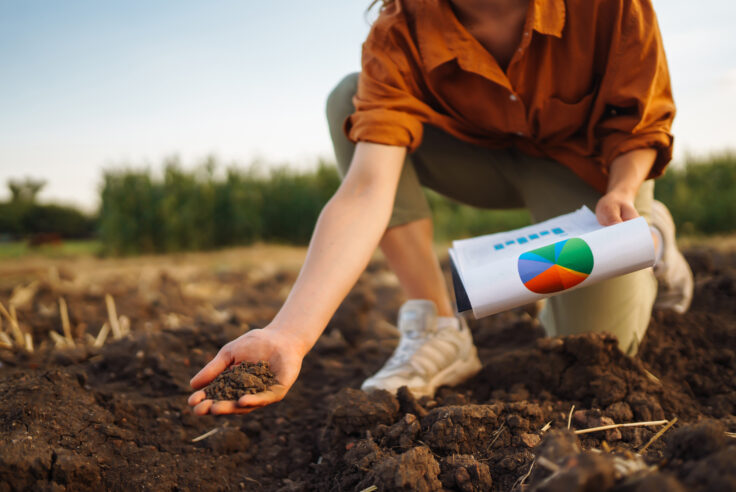
Press Release
Composting Consortium Releases New Data to Compostable...
The new platform by the Compostable Field Testing Program...
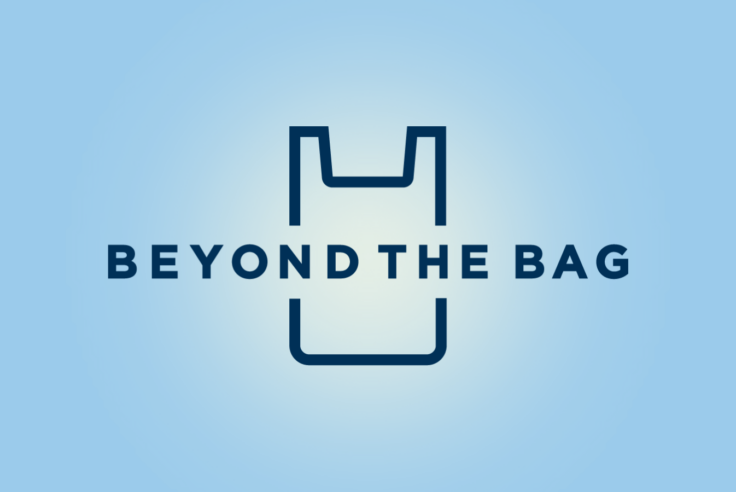
Press Release
Leading Retailers Accelerate Industry Collaboration...
Target, CVS Health, Kroger and other retailers reaffirm...
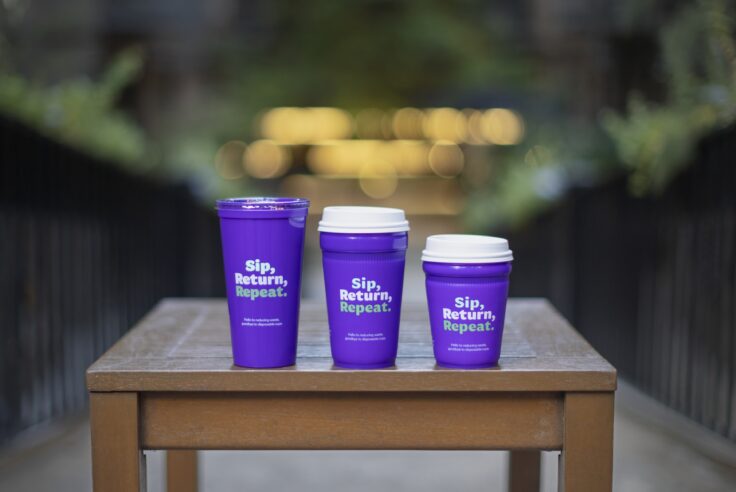
Press Release
The Petaluma Reusable Cup Project: Starbucks, The Coca-Cola...
The collaboration, led by the NextGen Consortium, makes...
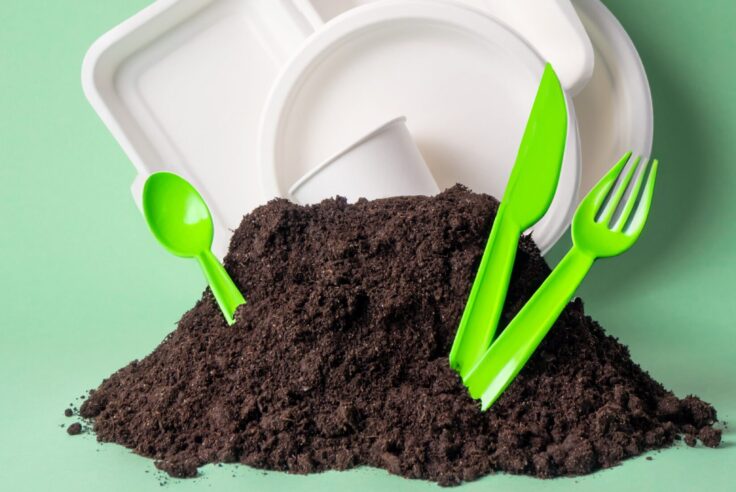
Press Release
Does Compostable Packaging Actually Break Down? Composting...
Data in new report reveals that certified food-contact...
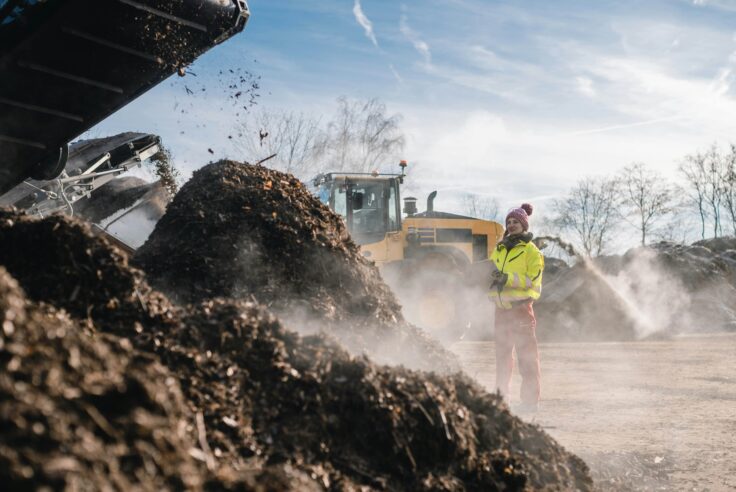
Press Release
First-of-Its-Kind Study by the Composting Consortium...
Commonly held assumptions about contamination were...
